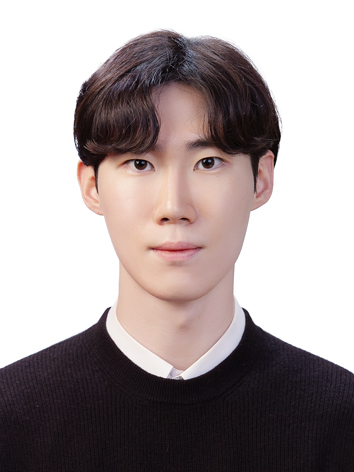42 years in the making, monumental Buddhist encyclopedia completed
By Moon Ki-hoonPublished : June 26, 2024 - 21:40

In May 1982, Ven. Jikwan, then 50 years old, knelt in prayer at Gyeongguksa, a Buddhist temple nestled in the foothills of Seoul's Bukhan Mountain. The monk, dean of Buddhist studies at Korea’s largest Buddhist university and highly respected for his scholarly demeanor, had a grand ambition: make Buddhism’s extensive history accessible to ordinary people, in plain Korean.
"After all these years, I begin to write an encyclopedia," he prayed. "May the eight guardians be on my side and Buddha's wisdom manifest itself."
Thus began a 42-year journey to publish the most comprehensive collection of Korean Buddhism to date. In 1991, using his own funds, Ven. Jikwan founded the Kasan Institute of Buddhist Culture to realize his vision. What started as one monk’s solitary research evolved into a mega-project involving 15,000 personnel over decades.
The first two volumes took a decade to complete, with subsequent volumes published annually. Ven. Jikwan passed away in 2012, shortly after the 13th volume was released. "Work together closely and finish the job" were his last words, six months before his death.
On Tuesday, the Kasan Institute of Buddhist Culture announced the publication of volumes 17-20 in February, marking the finale of this momentous project.
The Kasan Encyclopedia of Buddhism stands as the world's most expansive Buddhist encyclopedia, boasting nearly 120,000 entries across 266,000 pages. It covers key concepts from scriptures, philosophical texts and historical materials, all arranged alphabetically in everyday Korean.
Since its introduction to Korea in the 4th century, Buddhism has constantly evolved, assimilating indigenous folklore and ideas through its 1,700-year trajectory. The religion gradually took on a uniquely Korean form, blending ancient wisdom with local traditions in its system of beliefs. The encyclopedia pays special attention to such cultural adaptations, with 30 percent of the entries devoted to topics specific to Korean Buddhism.
The encyclopedia includes an exhaustive list of primary source references in literary Chinese, Tibetan and Sanskrit, demonstrating a serious commitment to comparative study.
"It is a task of utmost importance to compile an encyclopedia of Korean Buddhist history, as Buddhism has played a central role in the cultural and spiritual lives of Koreans," the late Ven. Jikwan wrote in the preface to the 13th volume. "We hope to awaken the self-esteem of this nation's spiritual history through this work."
The Kasan Encyclopedia of Buddhism is available in the country’s public libraries, museums and colleges overseas. The institute plans to distribute the latest volumes soon, furthering its reach for research purposes.


















